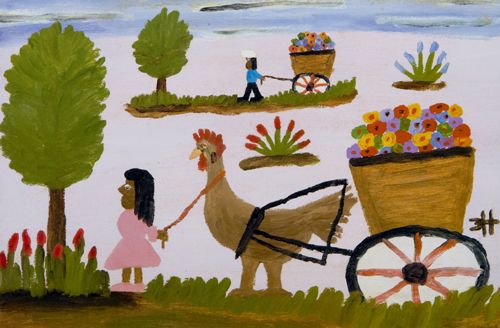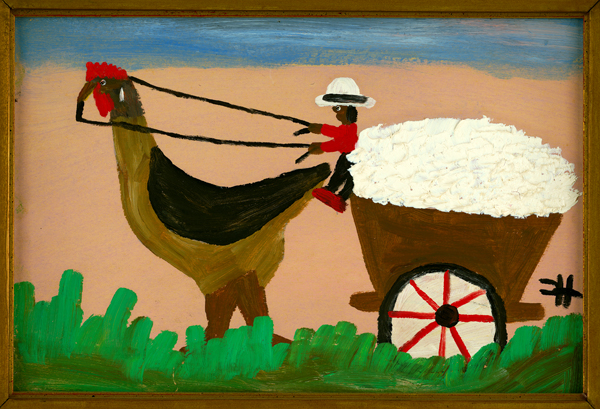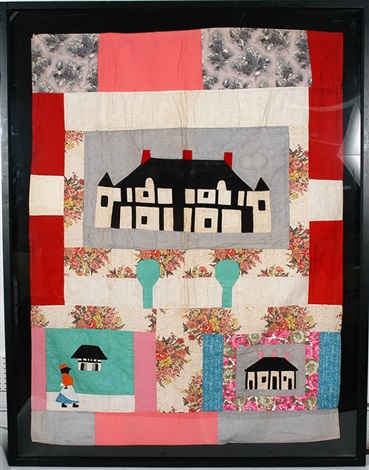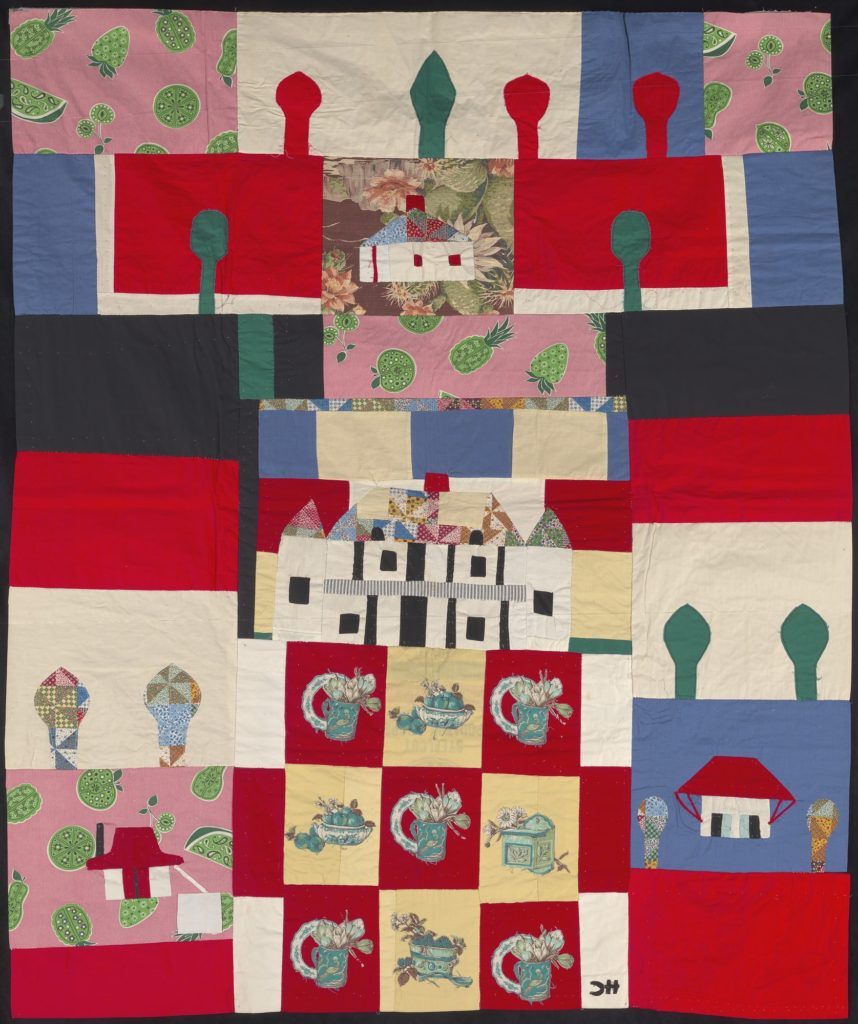Podcast: Play in new window | Download
Subscribe: Apple Podcasts | Email | TuneIn | RSS
This episode Milena & Megan are back in the States with 101 year old African American folk artist Clementine Hunter & early American psychologist (and philosopher) Mary Whiton Calkins
Clementine Hunter
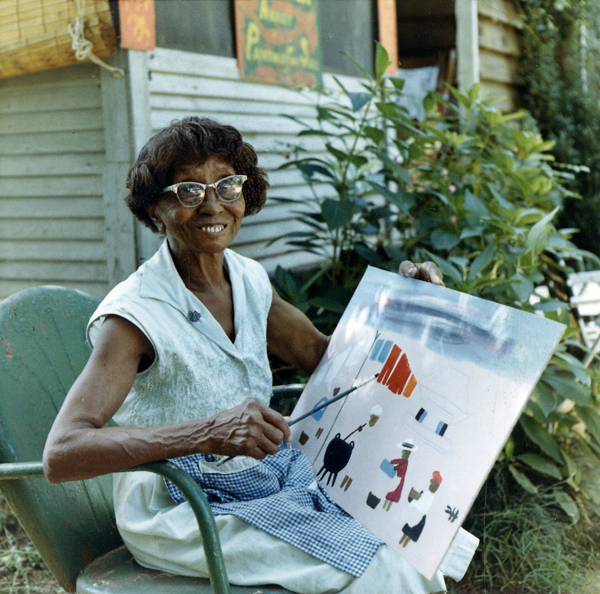
After spending the last few episodes abroad with our artists, we return back to the States to cover Louisianan folk artist Clementine Hunter. Born in 1886, Clementine proves our totally unscientific theory that women artists live forever.
Clementine didn’t start making art until her 40s, but enjoyed over 6 decades of making. Yes – 6, as in 60 years – Clementine worked up to her death at age 101. It’s estimated in total she created up 10,000 pieces of art. Meanwhile co-host Megan takes weeks to finish one work of art.
Give a listen to find out what sparked Clementine’s art career, how a not-French Frenchman comes into the story and the impact segregation had on Clementine’s solo shows.
Selected Works


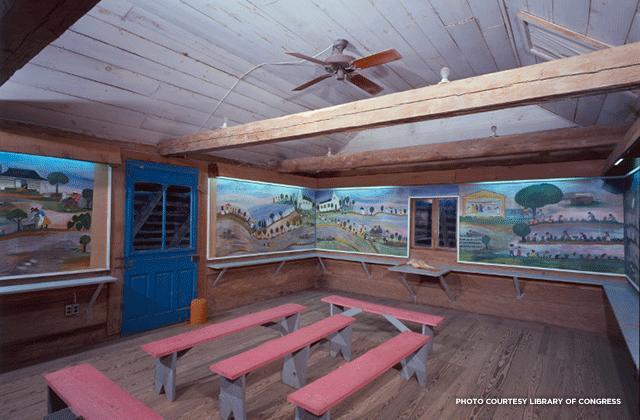
- Natchitoches Parish – Oldest settled parish in Louisiana by outsiders, where Clementine lived her entire life
- Sharecropping – Labor system in the South that developed in lieu of slavery. Landowners leased land, equipment and materials to renters then claimed payment come crop harvest time
- Melrose Plantation – Plantation where Clementine lived most of her life. Was turned into an artist residency program
- Southern Renaissance – Wave of creative development in Southern artists and writers in the early 1900s
- Francois Mignon – Actually ‘Frank-from-NY=state-and-not-Mr-Frenchguy’ who became Clementine’s manager/PR guy
- Grandma Moses – Artist Clementine is likened to, both folk artists depicting idealized rural scenes circa turn of the 20th century. Featured in ep. 24
Mary Calkins
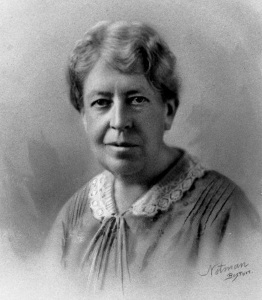
It’s good to have options, and even better to have opportunities – Mary Calkins had both. Born into a well-to-do New England family, Mary came of age in the late 1800s. Encouraged by her father to pursue an education, Mary found herself taking lessons at Harvard before they even officially admitted women.
Today Milena gives us the dish on how Mary earned her education and became a pioneering contributor to the developing American field of psychology, and gives Megan another reason not to like philosophers.
Sorry not sorry.
As always, music by EeL

